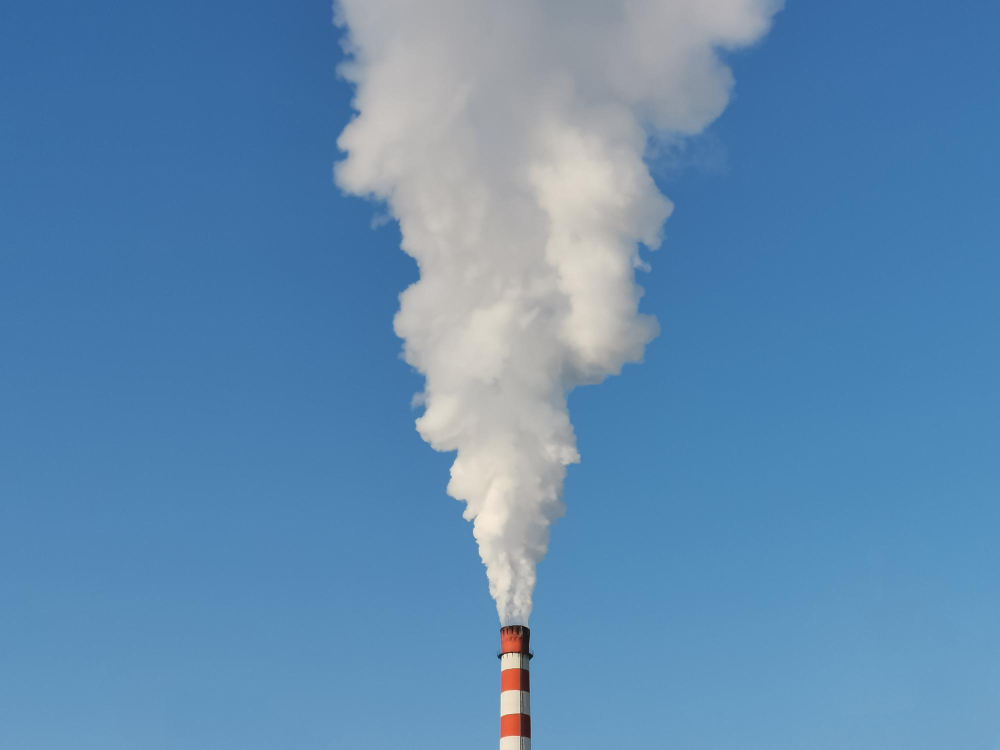Air Pollution Study & Environmental Impact Assessment
Exploring Air Pollution Study and Solutions
Understanding the Challenge: Tackling air pollution is a big deal, and that’s where we come in. Authorities like the EPA and ACGIH set rules to curb pollution from industries. To find solutions, we need a detailed study that meets local and national standards for a better future.
Our Approach – Environmental Impact Assessment (EIA): Here at AmerAir International (AAI), we’ve got a plan to assess the impact on the environment:
- Finding the Pollutants: We pinpoint the pollutants and where they’re coming from by measuring them carefully.
- Predicting Pollution Spread: Using cool 2D and 3D models, we predict how pollution moves in the air.
- Strategy for Control: We figure out which pollutants and sources need attention for better control.
- Smart Control Tech: Our experts use value engineering and risk assessment to find the best technology for controlling pollution.

Measuring the Bad Stuff: We’re equipped to measure pollution in various ways. We analyze the gases coming out of stacks, check pollutants on surfaces, and keep an eye on the air quality around.
Innovative Pollution Check: We’ve got two clever methods – dynamic and static headspace analysis – to measure pollutants from liquids. This helps us understand what’s going on and how to fix it.
Predicting Pollution Spread: Using special models (Eulerian, Gaussian, and Lagrangian), we figure out how pollution moves and affects the surroundings. This helps us choose the right tools to control it.
Choosing the Best Control Tech: We look at different ways to fight pollution. Whether it’s chemicals, adsorption, or special tech like thermal oxidation, we help decide what works best based on science and cost.
Our Services – Your Solution: Count on AAI for a complete air pollution study package: checking sites, measuring pollutants, analyzing results, creating pollution control plans, predicting spread, choosing the right tech, designing control systems, and expert advice.
In short, AAI is your partner for a thorough air pollution study and solutions that make the air cleaner and life better. Get in touch using the contact form and let’s make a cleaner world together.
Air Pollution Measurement
Dynamic and Static Head Space Analysis
Dynamic and Static Head Space Analysis are two innovative methods applied by AAI in measurement of pollutant in free surface sources. Static Headspace Analysis is a practical and widely practiced method for measurement of gaseous concentration in quasi-equilibrium with a liquid phase in a container.
The results from this method are both reliable and reproducible for any given condition.
In this method, first the sample of liquid is extracted from the main source, and then poured into a tight closed container. Volatile components will reach equilibrium in liquid and gas phases accordingly. Once the equilibrium is reached, it is time for measuring the pollutants concentration by placing the measuring sensors in head space of the sample.
Air Pollution Dispersion Modeling
Dispersion modelling is an effective tool for evaluating the effect of various levels of pollutant discharges on the surrounding area. This is a useful decision making tool to determine the final selection of the Air Pollution Control, APC, equipment capacity and scope.
Eulerian, Gaussian and Lagrangian models provide the overall modelling methods which are solving the suggested differential equations of pollution dispersion based on various conditions such as pollution discharge rates, site and atmospheric conditions.
EPA approved dispersion model software, SCREEN3 ( 2D modelling) and AERMOD( 3D modelling), are simulation softwares based on Gaussian modelling. In these models by considering the sources, emission rate of pollutants, geometrical characteristic of adjacent area and meteorology parameters the emission of pollutant could be estimated in site boundary and up to 100 Km radius of source downstream in 24 hours.

Best Available Control Technology (BACT)
There are three basic approaches for resolving air pollution: Firstly, modifying the emission quality and pattern by dilution, high stack, intermediate operation, and moving the source; Secondly, elimination of the source of pollution by modifying the process and changing the consumed materials; and lastly utilizing APC systems such as scrubbers, bughouses, incinerator and other available technologies to lower the pollutants to acceptable standards.
EPA determines what air pollution control technology will be used to control a specific pollutant to a specified limit. When a BACT is determined, factors such as energy consumption, total source emission, regional environmental impact, and economic costs are taken into account. It is the current EPA standard for all polluting sources that fall under the New Source Review guidelines and is determined on a case-by-case basis.
There are various control technologies such as Chemical Scrubbing, Carbon Adsorption, Biological Scrubbing and Thermal Oxidation, and the other new technologies such as UV Decomposer. Selection of the best option is carried out based on the technical comparison and by Value Engineering principals.
These qualitative indexes are expressed by quantitative technical score estimated for each option by considering several criteria: performance reliability, space requirements, availability of consuming materials, dependency to experts for long term operation and other site specific requirements. Each criterion has its own quantitative value determined by weighted multiplier in a total technical score of each option.
The technical-financial value rating is achieved by applying the technical score on the total sum of first cost and 10 years operation cost of each option. The option with the lowest modified cost will be selected as the best technology.
AAI Air Pollution Study Services
Trust the experts at AmerAir International for all of your air pollution study requirements including:
- Site Investigation
- Pollutants Measurement (stack and ambient air monitoring, free surface static/dynamic head space analysis, and odorous air sampling and Olfactometry analysis methods.
- Result Analysis
- Control Methods Review; (emission pattern modification, process modification and control system)
- Pollution Control Strategy
- Dispersion Modeling
- Best Available Control Technology
- Control System Design
Use the contact form below to get in touch with an AmerAir International representative regarding an air pollution study.
